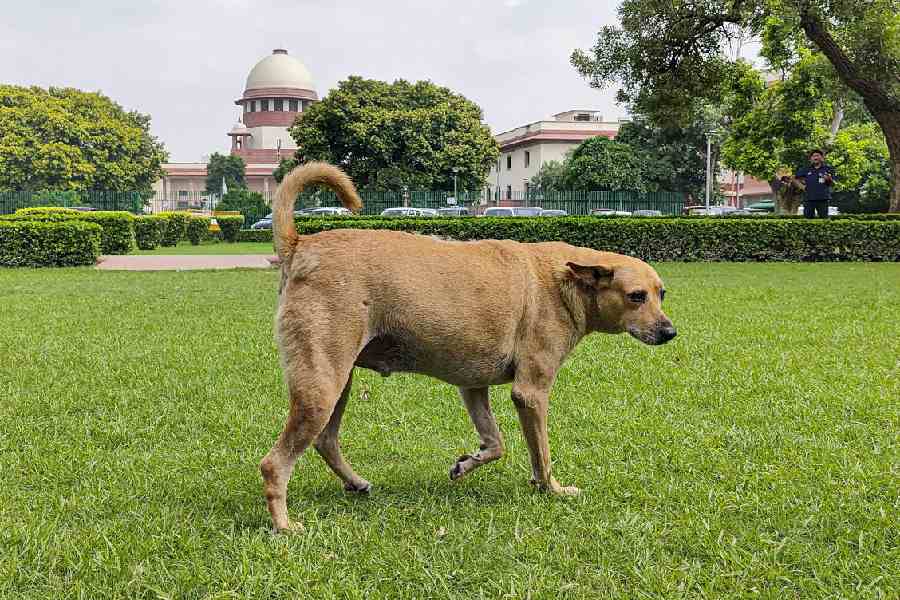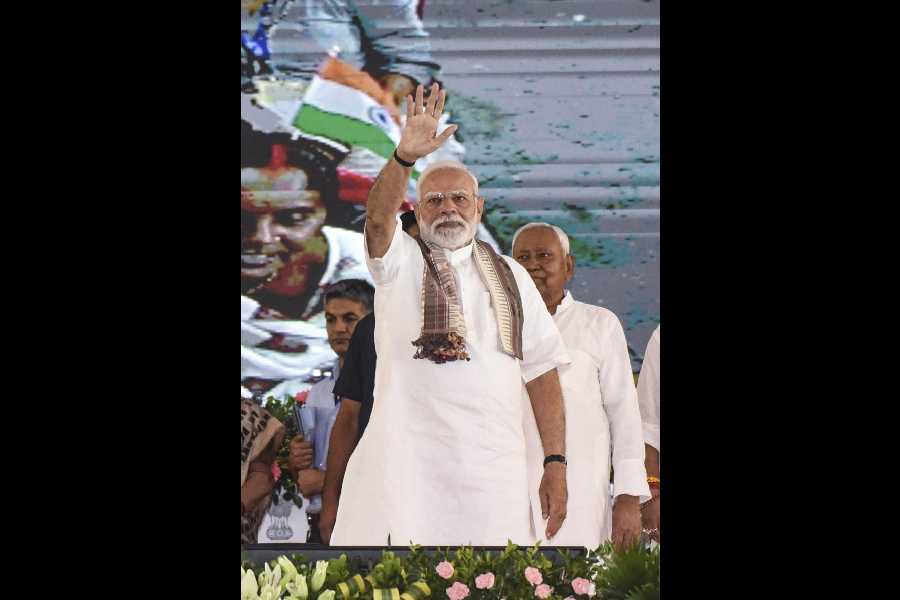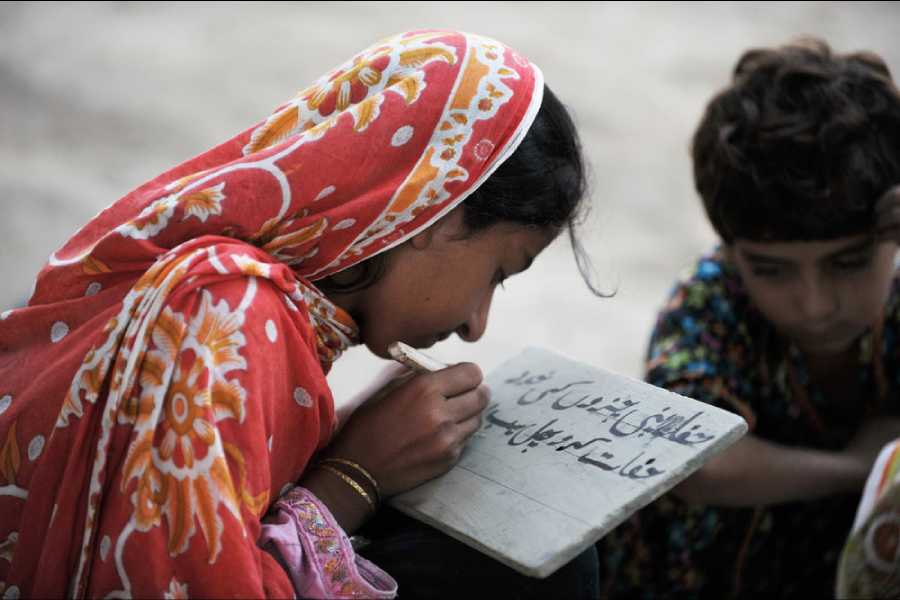 |
| Jodhpuri chakki malmali |
There’s something about Rajasthani vegetarian food that makes me go all moony-eyed and weak-kneed. I remember there was a time when I used to scour the lanes and bylanes of Old Delhi in search of Marwari basas, or mess-like kitchens where cooks prepared Marwari food. The basas — which came up as people from Marwar started travelling to other parts of the country on business — have almost all disappeared with time. Marwari food, on the other hand, is on the upswing.
Quite a few restaurants across the country serve Marwari food these days. The other evening, I had a great Rajasthani thali in a Delhi restaurant, and was happy to see that it included Marwari specialities such as baati — a delicious and sinfully rich dish of wheat balls deep fried and then smothered with ghee, served with powdered roti and sugar, again smothered with ghee.
Some of our top hotels too have been showcasing Marwari food in recent times. ITC Sonar in Calcutta, for instance, has planned out a Marwari feast called Mharo Marwar. The hotel’s executive chef Mayank Kulshreshtha believes the food of the region is spectacular — mainly because so much variety is mined out of so little. The region unlike, say, parts of Bengal or Kerala, is not lush with vegetables and spices. So, the food is naturally simple. But the tastes are divine — thanks mainly to the liberal use of ghee, and a few characteristic spices such as hing.
 |
| Bapla baati |
Chef Ritu Dalmia, whose roots are in Marwar, believes there is nothing quite as delicious as a Marwari breakfast, which can consist of anything from puri and halwa to kachori and bedmi. I tend to agree with her, because my day is made when I start the morning with bedmi and aloo — puris stuffed with a paste of lentils, served with a hot potato dish. And I think the fried snacks of the region — which include such delicacies as chakki — are to die for.
I am all for efforts to keep such dishes alive and believe promotions such as Mharo Marwar help enormously. Food habits are changing so rapidly these days that we need to hold on to some old customs. Calcutta entrepreneur Madhu Neotia rues that the young have no time — or fondness — for Marwari food. Like the young everywhere, they’d rather have pizzas and burgers.
Just for a change, they should try out some Bikaneri khichri — which, along with gattey ki sabzi (besan pieces in curry), is Neotia’s favourite Marwari dish. It’s a khichri traditionally prepared with wheat and dal. Or they could have a go at the kale papad pudina chutneywala, which is one of the specialities of master chef Kailash Maharaj, who has conjured up the dishes for Mharo Marwar. This is a dish that consists of crushed papad in a tomato-based gravy tempered with cumin and fennel seeds, flavoured with ginger, chillies and onion.
You will notice that the dishes are cooked with ingredients that were once the only available items in the region where little else grew. For instance, as Ratan Shah, the vice president of the Calcutta-based Rajasthan Bangal Maitri Parishad, points out, rice was not grown in arid Rajasthan and that was the reason why the local dishes — including the otherwise rice-based khichri — were cooked with wheat and other regional cereals such as bajra and makkey. “Traditionally, we ate rice only during festivals,” he says.
What is eaten — and in many forms — is channey ki dal. It’s turned into gattey ki sabzi, kadhi, roti and sweets. Apart from gram flour, chef Mayank adds that traditional dishes are cooked with dried lentils and beans from indigenous plants such as sangria and ker. “Powdered lentils are used for mangodi and papad. Bajra and corn are used all over the state for all kinds of preparations. And chutneys are made with locally available spices and herbs such as turmeric, coriander, mint and garlic,” he says.
Of course, now that everything is available everywhere all through the year, Marwari dishes too have changed. My young friend, Samta Gupta — who is a bit of a gypsy chef as she travels from place to place as a food consultant — stresses that old customs are adopting new ways. Earlier, people would dry vegetables in large quantities so that they could be used in food when they were not in season. Now it doesn’t make sense to sun dry veggies. “And a lot of vegetables which did not traditionally figure in Marwari food because of lack of availability are now being used,” says Gupta, whose family was originally from Marwar.
Well, I like change — but I must say I am fond of traditional dishes too. There’s nothing quite like preserving the latter, while embracing the former.
Paneer Aur Anjeer Ki Sabzi (serves 4)
Ingredients
• 100g paneer • 100g anjeer • 50ml oil la pinch of asafoetida la pinch of cumin powder
For the yoghurt mix:
• 150ml yoghurt • 5g red chilli powder • 1 pinch of turmeric powder • 5g coriander powder • salt to taste
 |
Method:
Blanch the anjeer and paneer. Keep aside. Mix all the ingredients mentioned in the yoghurt mix. Heat oil in a handi. Add the asafoetida, cumin, the yoghurt mixture and a little bit of water. Cook for a while, and then add the paneer and anjeer to it. Let it simmer for a bit. Serve garnished with chopped coriander leaves.










